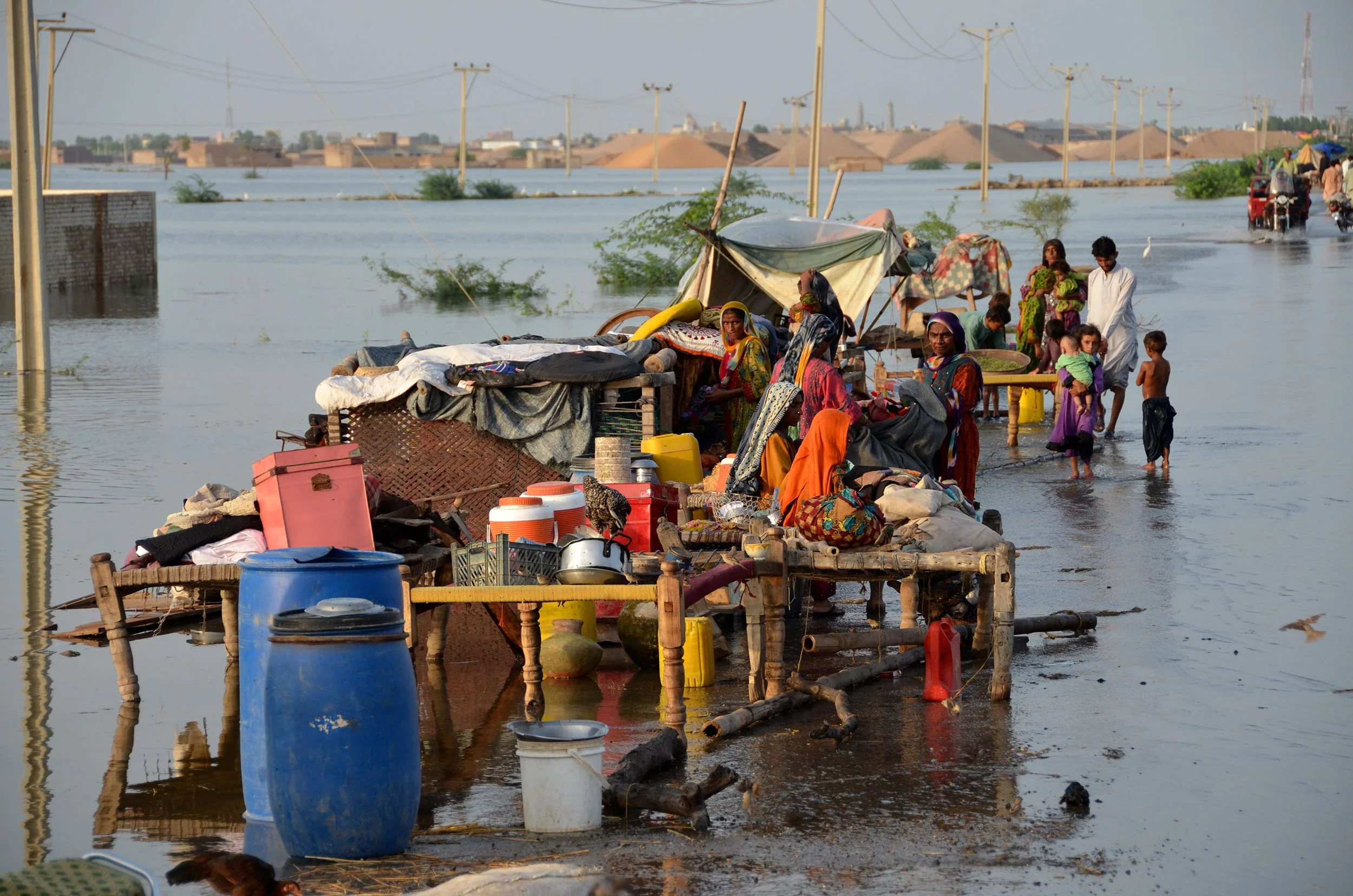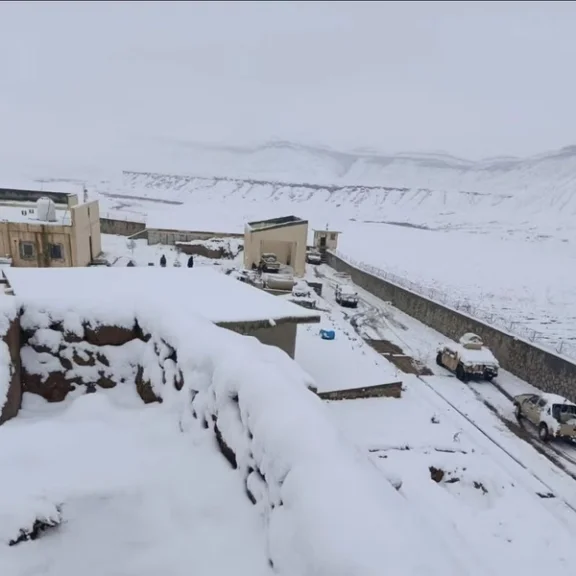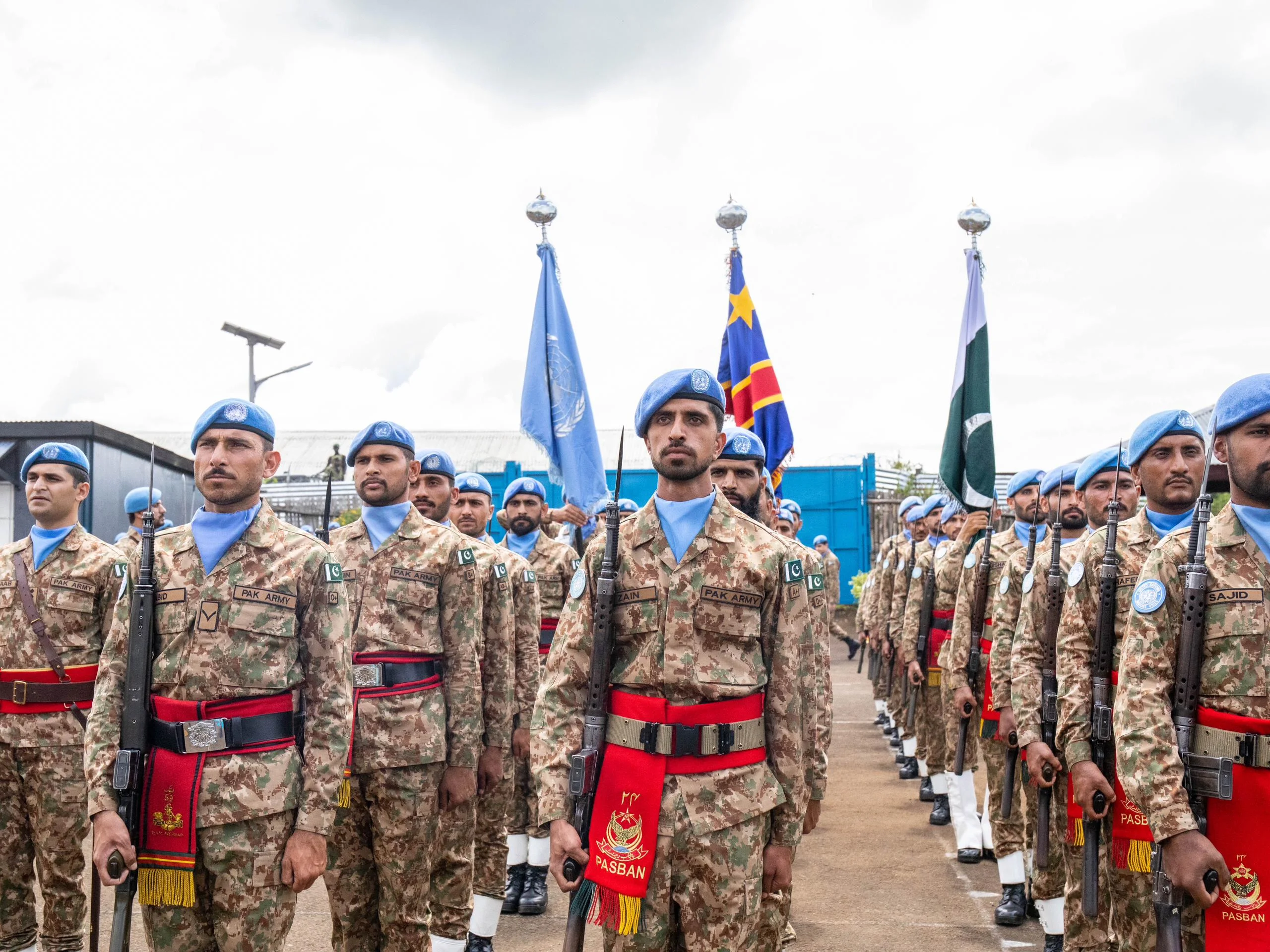Pakistan is not on the verge of climatic catastrophe, it’s already in it. From flash floods that engulf entire families to landslides that erase roads, lives, and livelihoods, the evidence of climate change is no longer subtle or seasonal. It is pounding Pakistan all year long. Scientific assessments make clear that these extreme events are not isolated: the Intergovernmental Panel on Climate Change’s (IPCC) Sixth Assessment warns that climate change is already causing widespread impacts and increasing the frequency and intensity of extreme weather globally. It is no longer an abstract concept; it is unfolding right before our eyes, causing devastation in every province. And its impact is only intensifying annually.
In the last few days, a tragedy unfolded in Malakand divison, where hundreds of people were killed and entire villages were swept away by flash floods. This June, the mountains of Swat bore witness to the drowning of 18 members of a family due to a sudden surge of water triggered by heavy rainfall. Their bodies were recovered after a harrowing rescue mission, which has now become a grim routine. In July, another gut-wrenching incident occurred near Chilas, Gilgit-Baltistan, where the owner of Shaheeda Islam Medical College, Lodhran, lost 2 members of his family to the floods, with one child still missing. What was meant to be a peaceful outing turned into a haunting nightmare, leaving behind nothing but sorrow.
Across Punjab, especially in Rawalpindi, Islamabad, and Lahore, monsoon rains have exposed the fragility of our urban infrastructure and the negligence of authorities. In Rawalpindi, flash floods turned roads into rivers. A child drowned before helpless bystanders after falling into an overflowing drain. In yet another heartbreaking incident, a father and daughter in a car were struck by torrential waters and drowned. In Islamabad, newly constructed roads cracked open into death traps. In Lahore, major arteries like Gulberg and Ferozepur Road were submerged for hours, not only disrupting lives but also harboring waterborne diseases.
As of now, the NDMA has reported more than 600 deaths across Pakistan since the beginning of the monsoon season, with KPK accounting for the highest death toll followed by Punjab and AJK and GB. All of this is happening in real time, yet climate change continues to struggle to command urgency in our national dialogue. Despite the devastating 2022 floods that displaced 33 million Pakistanis, submerged a third of the country, and caused $30 billion in damages, with the World Bank Post-Disaster Needs Assessment estimating around US$14.9 billion in direct damages and US$15.2 billion in economic losses, very little has changed.
Pakistan contributes less than 1% of global greenhouse gas emissions. Yet, according to the Global Climate Risk Index, we rank among the top ten countries most vulnerable to climate change. Germanwatch’s Climate Risk Index ranked Pakistan as the most affected country in 2022, largely due to catastrophic flooding. This year alone, relentless heatwaves scorched the plains, glaciers in the north continued to shrink, a clear driver of intensified glacier melt and shifting weather patterns and erratic rainfall patterns brought both drought and deluge—sometimes in the same province.
While the world debates climate politics, Pakistan is drowning, literally and symbolically. These floods and landslides are not just “natural” disasters; they are deeply human-made. They are amplified by deforestation, unplanned urban sprawl, unregulated construction, and decades of policy-making driven by short-term gain rather than long-term vision.
After every tragedy, we witness familiar patterns: condolence messages, empty promises of inquiries, and the formation of committees that lead nowhere. Reconstruction is slow, uneven, and unsustainable. The monsoon returns, and so does the cycle of destruction. What’s lacking is not just funding or expertise, it is pre-planning and political will.
To break this cycle, Pakistan must stop treating climate change as an external crisis. It must be integrated into every national and developmental plan, from infrastructure to housing schemes to academic curricula. Climate change can no longer be an afterthought; it must become the foundation.
Here is what we urgently need to mitigate the impact of climate change:
– Climate Literacy: From the ground up, starting in schools, colleges, community centers, and the media.
– Disaster Preparedness Programs: To teach and prepare communities to respond before help arrives.
– Urban Planning and Redesign: Sustainable infrastructure, drainage systems, and construction regulation.
– Reforestation and Conservation: Not just ceremonial tree planting, but systematic ecosystem protection.
– Early Warning Systems and Evacuations: Especially accessible to marginalized and remote areas.
– Accountability: For developers, politicians, institutions, and organizations that ignore climate risks.
The horrific incidents across Pakistan are a wake-up call before we reach the point of no return. These are human lives swept away by torrential waters because we failed to act, mitigate, and plan on time. Climate change is not just a Western problem. We must hold ourselves accountable. As UN Secretary-General António Guterres has stressed, that continuing scientific findings are a “code red for humanity” underscoring the moral responsibility of wealthier nations to cut emissions while supporting vulnerable states. Governance failures, poor coordination, and corruption are as much to blame as global emissions.
It’s not just a climate crisis, it’s a governance crisis. The UNEP Adaptation Gap Report warns that developing countries’ adaptation needs to exceed current international public finance by a factor of 10–18 making large-scale and sustained support essential for countries like Pakistan. No amount of foreign aid will help if we ourselves continue to turn a blind eye. As the rain falls, rivers swell, and glaciers melt, we must ask: how many more lives will it take? How many families will be shattered? How many homes washed away?
Pakistan is not on the verge of a climate catastrophe, it is already in one.
There is still time, however little. But the tides can turn if swift, decisive, and sustained action is taken. Climate change is no longer tomorrow’s problem. It is today’s. The water table is rising, the mountains are eroding, the forests are vanishing, and people are drowning not just in water, but in neglect. As WMO scientists and UN officials caution, “sirens are blaring” across climate indicators, a warning Pakistan can no longer afford to ignore.
The views expressed in this article are the author’s own. They do not necessarily reflect the editorial policy of the South Asia Times.







